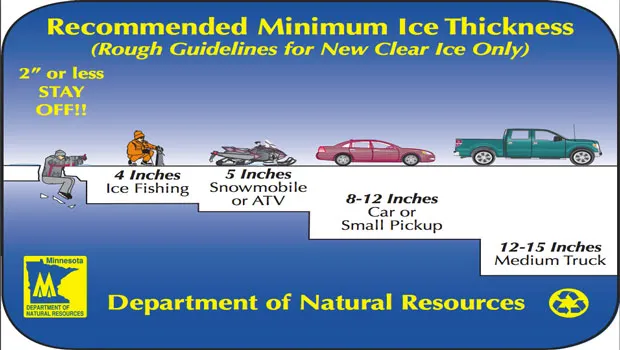

Stuff Gramps Should Have Taught You
Videos by Outdoors
It’s long been thought that the notion of Eskimos having 50 different words for snow was an urban – or in this case, an arctic – legend, but more recent research has shown it’s actually more fact than fiction. Turns out between the two primary branches of the Eskimo family tree – Inuit and Yupik – they have more than 100 words for “ice.” And the Sami people of Arctic Scandinavia and Russia have more than 180 words for snow and ice.
Makes sense. If you lived nearly every day of your life in a world of snow and ice, you’d need a language catering to precise description of the kind of snow and the stability of the ice.
Most of us here in the Lower 48 are pleased we don’t have to deal with snow and ice enough to require such a bountiful vocabulary for it. In fact, s-n-o-w is literally and euphemistically a four letter word for many. But for some of us the presence of snow and ice are anticipated and even awaited to broaden the opportunity for outdoor adventures.
Whether you’re a “have to live with it” or a “can’t wait for it” personality, it’s important to have an understanding of how to interact with snow and ice safely.
To answer the most burning question of those who live in the Sunbelt, “Yes. Lake and pond ice up here in the Nort’ Country does actually get thick enough to walk, skate, snowmobile, ATV, drive, and place small houses on … in a good year!”
The Great Lakes seldom if ever freezes over completely or even in the majority, but we don’t need to look any farther back than the winter of 2014-15 records to the contrary! By February 20 last year, 98 percent of Lake Erie, 91.5 percent of Lake Superior, and 63.2 percent of Lake Michigan were frozen over!
So how much ice do you need to venture safely out? The answer depends on what you want to do out there. General guidelines for new clear ice (see the Inuit would have the right specific word for that) are:
2 inches or less – STAY OFF!
4 inches – walking out, ice fishing with small portable shelter, skating – but isolated; don’t gather in large groups.
5 inches – okay for snowmobile or ATV
8 inches – UTV, car, small pickup truck
12-15 inches – medium truck
These are general guidelines only! White ice or snow ice is only about half as strong as new clear ice so double these recommendations for these conditions. Always use caution when venturing on the ice. Numerous water and atmospheric conditions can affect ice thickness. Just because it’s 10 inches where you’re standing, doesn’t mean it may not be 6 inches or less 30 feet away. Check ice thickness as you go.
There are a number of methods to check ice thickness. You can chop through with an ice chisel and then measure depth with a tape measure. This works great early in the season as you’re walking out on a few inches of ice. Later on a hand ice auger or a cordless drill with a large bit are more efficient for cutting test holes. Cut the hole, extend the tape until its lip catches under the ice and note the thickness.
Like so many other things in life, ice can provide fantastic enjoyment and new discoveries IF you know how to use it properly. Now, GET OUT THERE!









